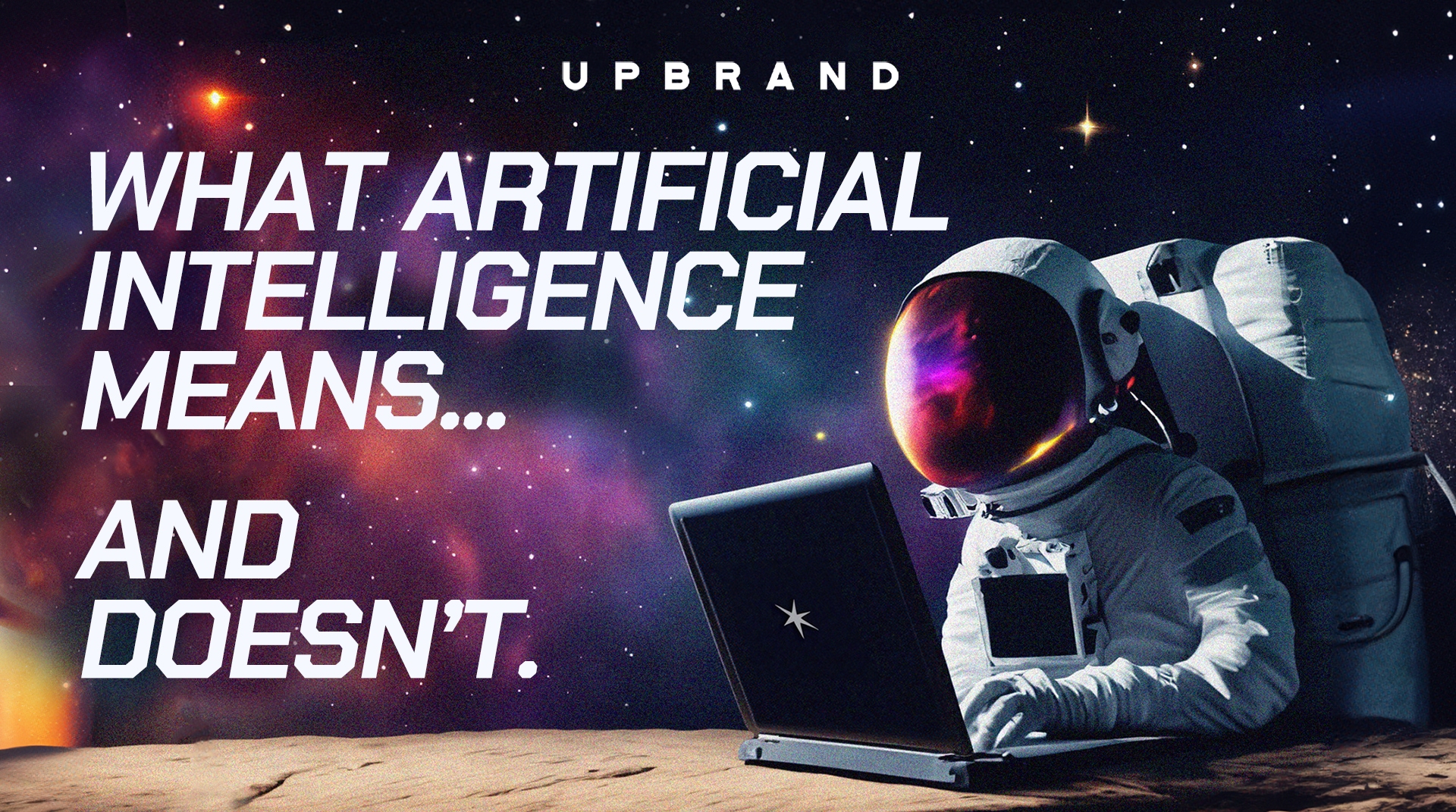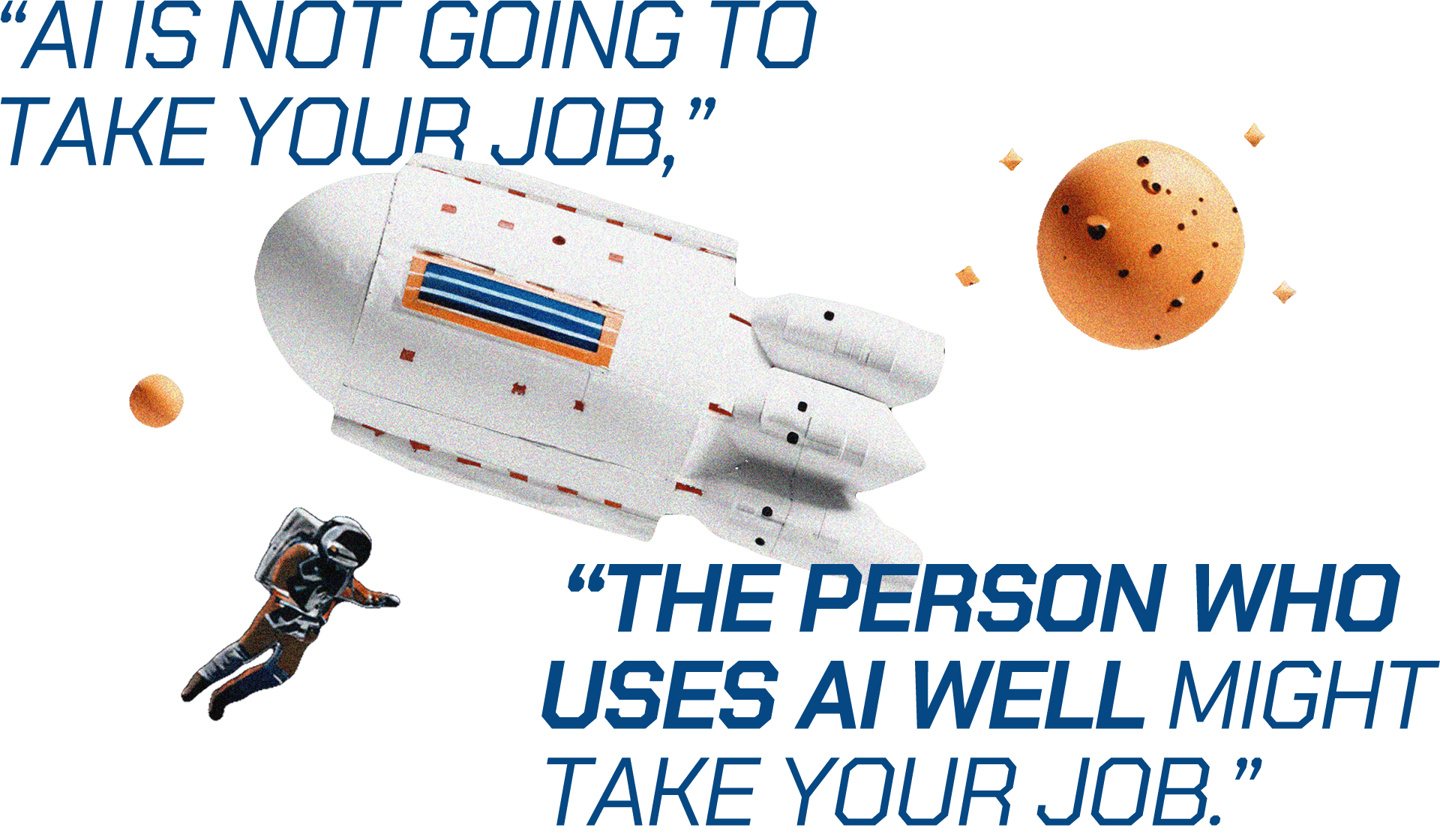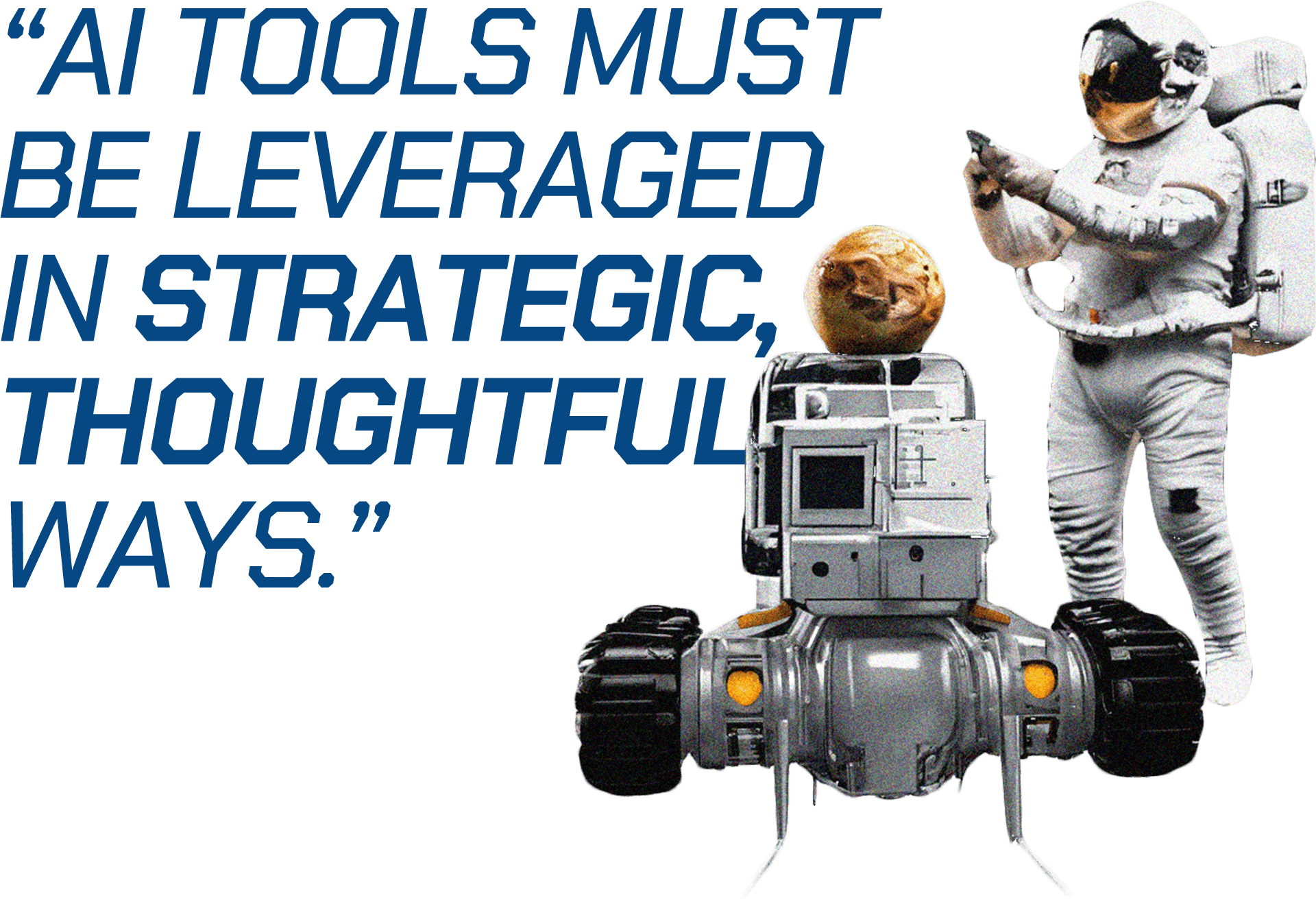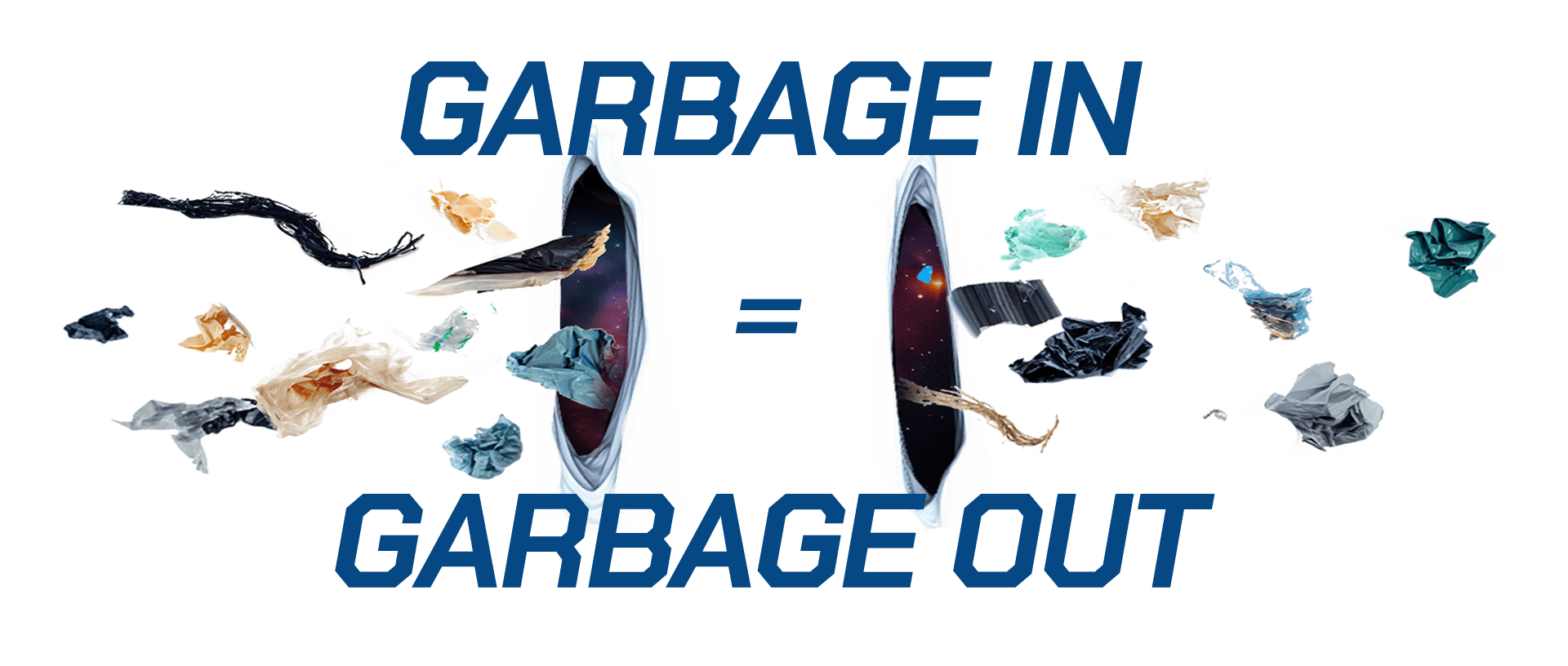
You keep using that word. I do not think it means what you think it means.
In today’s current state, the majority of tools marketing themselves as artificial intelligence (AI) are really built around and utilize machine learning (ML) which is actually a subset, or application of AI.
-
- AI is a broad field that involves using technology to create machines that can mimic human intelligence.
- ML is the science of developing algorithms and statistical models that allow computers to perform complex tasks without explicit instructions.
It is important to distinguish and understand this difference because when you prompt a tool like ChatGPT, it is not
thinking or creating a response on the fly, but rather it generates a response based on a large language model (LLM) that is pre-trained on large amounts of text data, such as books, articles, and internet texts, to learn patterns and structures. It then predicts the next word that is most likely to appear in response to the input message or prompt. It does this by considering the probabilities of each word based on what it predicts as the next likely word, as well as all the previous words in the input/prompt.

AI Does Not Mean Jobs Lost or Replaced
Ted Sarandos, co-chief executive officer of Netflix, recently said he is confident artificial technology will not replace content creators or take their jobs: “I don’t believe that an AI program is going to write a better screenplay than a great writer, or is going to replace a great performance, or that we won’t be able to tell the difference. AI is not going to take your job,” Sarandos continued. “The person who uses AI well might take your job.”
AI Does Mean How We Work is Evolving, Rapidly
To Ted’s point, the use of generative AI tools dramatically accelerates how agencies can conduct research, ideate, build creative concepts and create large amounts of content for marketing purposes. And it’s important for agencies and marketers alike to educate themselves on these new tools in order to keep up with the times. At UPBrand we’ve incorporated AI into our workflow and processes in the following ways:
- Developing more in-depth customer personas with additional insights about the audiences we’re trying to reach.
- Increase the number of topical and thematic recommendations for content development as well as keyword development for SEO and paid search applications (using it as a thought-starter, then still writing and editing the content ourselves).
- Building and testing proprietary bots to help create custom marketing recommendations and solutions that fit a client’s unique needs.
- Developing proprietary brand voice bots to create efficiencies in content development, specifically for social media and community management.
- Automating once tedious and time-consuming tasks such as the organization of performance data for reporting, which frees up time for our team to think through strategic recommendations and creative solutions for clients.
- Creating photorealistic comps and storyboards, to be used as proof of concept in selling ideas and aiding pre-production activities.
- To identify alternative approaches when the creative process requires a significant pivot.
- To quickly research and gain a deeper understanding of best practices in industries that are new to us.

AI Tools Must Be Leveraged in Strategic, Thoughtful Ways
A pretty standard rule for just about any marketing technology or tool today is:

This means if a tool is operating on inaccurate, incomplete or biased data, it is likely to produce inaccurate and/or biased results. While this is a crucial and ethical consideration for the developers of AI tools, it’s also so important to realize we can impact our own results this way based on how and what we input or request from a tool. This means
how you prompt the tool matters a lot and impacts the results that get generated. For example a broad question vs. a more specific question with additional context:
- (Broad) What are some calls to action to use in my social media campaign?
- (Specific) What are some potential calls to action for a social media campaign hoping to drive sales of roast beef sandwiches for those in a particular age group?
If you enter those prompts into ChatGPT, you’ll see two dramatically different responses. And it takes expertise to not only prompt these tools, but to evaluate their answers and determine their value.
How is UPBrand Navigating These Somewhat Uncharted Waters?
Right now, we believe it’s important to sail by sight. Whenever we start to explore something new, we tend to believe it’ll be a clear path, or a straight line. But the truth is there are always unknowns up ahead. To make progress, we must be willing to adjust to constantly ever-changing conditions. With many generative AI tools still only in their first or second generation of learning, there is tremendous potential for rapid change and growth in the space, as well as several wrinkles to be ironed out–like hallucinations and inherent biases within training data sets.
Despite Current Challenges, The Future is Bright
While it’s difficult to anticipate how AI will evolve, it is important to remember that today’s version of AI is the
worst the technology will be. It’s safe to expect that it will advance significantly in the next five years, and that it will be driven by improvements in underlying technology, increased applications, and broader adoption across industries. For right now, however, UPBrand believes it’s the combination of artificial and human intelligence that will lead to the most success in using AI. This practice guides our commitment to remain
recklessly responsible with the brands we manage–balancing the right level of risk with the right information, always informed by deep experience and common sense
. To this end, we feel uniquely positioned to help clients solve their marketing and business challenges. If you’re interested in how to effectively incorporate AI into your marketing and communication activities,
contact us.


 This means if a tool is operating on inaccurate, incomplete or biased data, it is likely to produce inaccurate and/or biased results. While this is a crucial and ethical consideration for the developers of AI tools, it’s also so important to realize we can impact our own results this way based on how and what we input or request from a tool. This means how you prompt the tool matters a lot and impacts the results that get generated. For example a broad question vs. a more specific question with additional context:
This means if a tool is operating on inaccurate, incomplete or biased data, it is likely to produce inaccurate and/or biased results. While this is a crucial and ethical consideration for the developers of AI tools, it’s also so important to realize we can impact our own results this way based on how and what we input or request from a tool. This means how you prompt the tool matters a lot and impacts the results that get generated. For example a broad question vs. a more specific question with additional context: 
